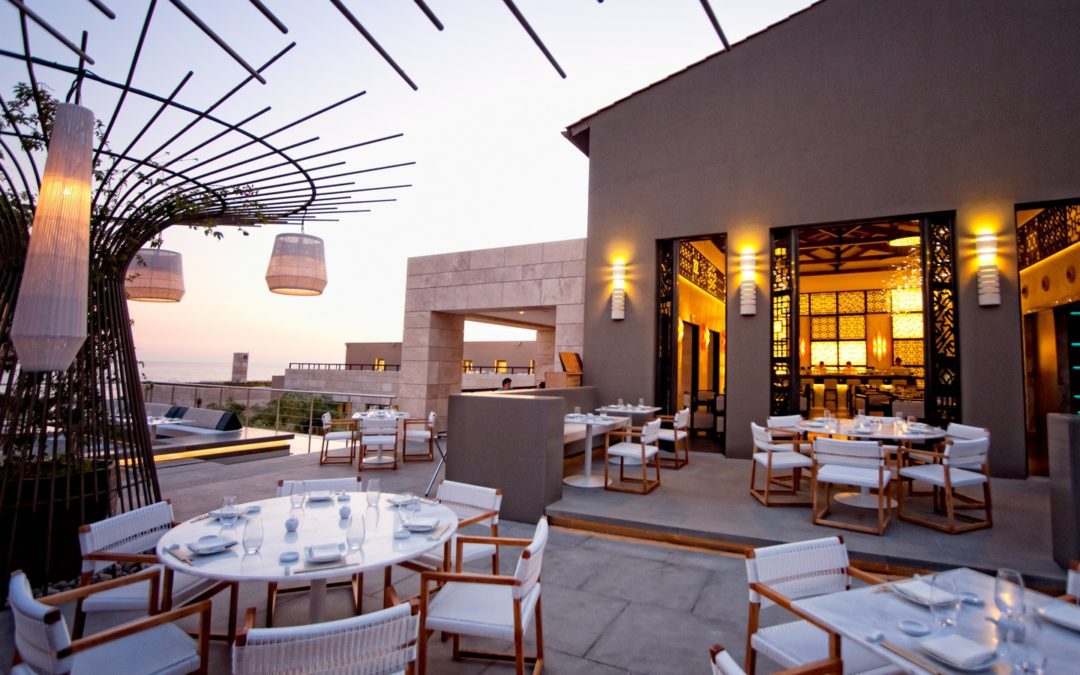On a lighter note, restaurants and marriage parties are remembered for the food. However, if a restaurant wishes to build for itself a strong reputation and create customer delight, it has to go beyond food and also focus on its service and environment. Restaurants are a business entity and not a one-time event or occasion. A restaurant has to follow its processes consistently to make sure that it can achieve the targeted standards in the delivery of food, service and environment. Consistency in quality, service and environment in a restaurant or even in a roadside stall is what can set it apart from its competition. And in order to maintain consistency in its processes, SOPs (Standard Operating Procedures) can prove to be a very powerful tool for restaurants. By designing a robust restaurant standard operating procedures manual, a restaurant can propel itself in the right direction.
To Maintain Personal Hygiene
Personal hygiene is a very sensitive parameter in restaurants to maintain the quality of food and service and it is applicable to all the employees of a restaurant. Some of the important areas where personal hygiene standards are required to be maintained include:
- Grooming & Attire – Arriving neat and clean to the workplace maintaining bodily hygiene, wear a neat and clean uniform, appropriate shoes which are comfortable for long duration usage and are anti-slippery, use of aprons in and only in designated areas and so on. Employees should be discouraged from having long hair and use of hair net should be made compulsory. Fingernails, beards and moustaches should remain trimmed and clean.
- Washing hands – Thoroughly and vigorously with soap and clean and warm water for at least twenty seconds in the designated wash basins and drying hands with fresh and clean towels – before entering the premises and area of work (for e.g. kitchen), after switching between raw food materials and prepared/semi-prepared food, after bodily contact/sneezing/coughing, after using washroom etc.
- Medical Attention – Any kind of sickness, burn, wound, cut, abrasion or injury should be immediately reported to the restaurant manager, the concerned employee should be relocated to the first aid room or staff room and treated with first aid and medical supervision should be sought.
The standards of personal hygiene required to be maintained by a restaurant can be incorporated in the restaurant policy and procedure manual. These SOP procedures can also serve as a compliance mechanism for the restaurant manager to ensure that employees are adhering to the laid down standards of personal hygiene in executing their duties.
The standards of personnel hygiene required to be maintained by a restaurant can be incorporated in the routine functional duties of the employees using documented workflow procedures or SOPs
To Properly Manage Facilities and Equipment
- Equipment Maintenance – It is very important to ensure that equipment like washing machines, air-conditioners, air-dryers, burners, chimneys, ovens, POS machines, computers, printers, CCTV cameras etc. used in a restaurant go through periodical maintenance checks so that these equipment remain fully-functional and the restaurant services and standards of performance required to be maintained are not hampered.
- Dining, kitchen and dish washing arena – Before providing table services, waiters and staff need to ensure cleanliness and sanitization of tables. Any kind of tableware should be covered or wrapped with clean and sanitized clothing or tissue paper. During service, waiters need to wipe off any spill with designated clothing. Contact with the interiors of bowls, dishes and cutleries should be avoided. After service, bowls, dishes and cutleries should be removed. The table should be wiped and sanitized again and the floor should be mopped. Utmost care should be taken to ensure that the kitchen and food processing area remains clean, hygiene, well- ventilated, hazard-protected and remain restricted from other parts of the restaurant except for the transfer of food and raw materials and entry/exit of the kitchen staff. Similarly, the utensil and dish washing area too should be isolated from the other parts of the restaurants to avoid any kind of contamination and washed utensils, dishes, glasses etc. should be placed back to the designated areas.
- Laundry and Linen – Employees need to make sure that clothes, towels, aprons and table linens made available for use are clean and sanitized. Dirty and used linens should be immediately sent to laundry and necessary replacements should be made accordingly. To render continuous flow of services while maintaining the laid down standards, it is important for a restaurant to keep its facilities and equipment like the dining area, kitchen, laundry and linen, air- conditioners, dish-washing machines, washing machines etc. in up and running condition. By developing standard operating procedures for each section of a restaurant, employees can easily follow a step-by- step approach in executing their functional duties irrespective of the number of customers a restaurant is catering to.
Developing standard operating procedures for each section of a restaurant, employees can easily follow a step-by- step approach in executing their functional duties irrespective of the number of customers a restaurant is catering to.
To manage supply chain/flow of raw materials
The quality of food that a restaurant serves heavily relies on the raw materials like vegetables, raw meat, spices etc. That is why the professional restaurants always procure their raw materials from appointed vendors only. This is a no-compromise zone. These restaurants will rather not serve a particular dish for a day or two than serve it by procuring raw materials from non-appointed vendors and suppliers. Restaurant delivery management plays an important role in ensuring the quality of the end-product.
- Vendor/Supplier Selection – Whether the quality of the raw materials offered by a vendor meets the specifications of the restaurant, whether the vendor has necessary storage conditions, whether the vendor has necessary licenses and permits pertaining to food quality standards, whether the vendor can provide the raw materials in required quantities, whether the vendor can provide an appropriate transportation solution, whether the vendor’s warehouse is located at a convenient distance from the restaurant.
- Storage – After the goods arrive from the vendor, it needs to be stored in appropriate conditions which may include factors like temperature and humidity control, adequate storage space, necessary infrastructure and so on. Inventory staff in the restaurant has to ensure that stock of raw materials is maintained at required levels all the time. This may involve preparation of an order and supply schedule with the vendors.
SOP development and implementation can prove to be very powerful in managing the supply chain activities of a restaurant. With a defined and documented step-by- step flow of work and reporting, a restaurant can confidently execute the process of vendor selection and the inventory staff can always keep a tab on the standards of quality and performance maintained by the vendors. With a predefined supply list and schedule, inventory staff can easily place the orders without missing out any requirement and ensure timely stock replenishment in the restaurant.
SOP development and implementation can prove to be very powerful in managing the supply chain activities of a restaurant
To read 2nd part of this article Read more ……
Benefits of Standard Operating Procedures (SOPs)
To read more about SOPs, click here SOP and Six steps to writing a great SOPs for retail.
YRC is an “Expert Service Division” of Mind-A-Mend Consultancy Pvt. Ltd.
YRC Related Articles: How to Write SOPs for Marketing?, 6 Ways To Grow Your Business, How to Start a Retail Business in India, Business Expansion Plan for Small Entrepreneurs, Six Steps to Writing a Great SOP for Retail, How to write SOPs for an Apparel Brand?, How to Develop SOPs for Quick Service Restaurant?, How to write SOPs for Furniture Showroom
Author Bio











